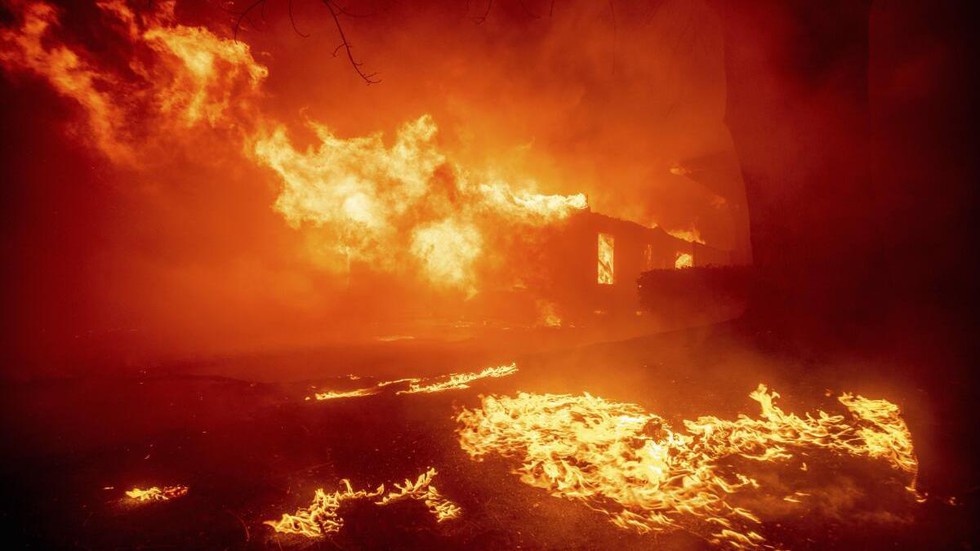
Arctic Biome

11.04.2025
Arctic Biome
|
For Prelims: The Arctic Tundra Biome |
Why in the news?
The 2024 Arctic Report Card by the US NOAA confirms this trend, noting that frequent fires and fossil fuel pollution are turning the Arctic tundra into a carbon source.
The Arctic Tundra Biome
- The Arctic tundra is a treeless plain with permafrost within a meter of the soil surface. Summers cause only the top layer to thaw, limiting plant growth and root penetration.
- Despite its rocky, nutrient-poor soil, the tundra holds large amounts of carbon in peat (decayed moss) and humus (organic matter), making it a critical carbon sink.
- The Arctic tundra biome spans 5 million km², covering land north of the Arctic Circle, including parts of Canada, Greenland, Iceland, and Eurasia.
- The climate here is extremely cold, with temperatures from -60°C in winter to 15.5°C in summer. Annual precipitation is low (150–250 mm), mostly in snow and sleet form.
- Vegetation is herbaceous, including grasses, lichens, mosses, and low shrubs like dwarf willows, adapted to cold, wind, and poor soil.
- Animal life includes caribou, polar bears, arctic foxes, musk ox, and migratory birds like loons and snow geese. Insects like mosquitoes flourish in summer due to melting snow.
- Human habitation is limited, mainly to coastal areas, with indigenous communities like the Eskimos living semi-nomadic lives and relying on fishing and hunting.
- Resource extraction has increased in recent decades. Examples include gold mining in Alaska, petroleum in Kenai Peninsula, and iron ore in Labrador, Canada, and Kiruna, Sweden.
- Infrastructure like railways and Arctic ports have enabled the transport of minerals, timber, and furs, especially from Siberia, assisted by modern icebreakers
Source: The Hindu
The Arctic Boreal Zone (ABZ) primarily comprises which of the following ecosystems?
1. Tundra
2. Coniferous forests
3. Wetlands
Select the correct answer using the code given below
A.1 and 2 only
B.2 and 3 only
C.1 and 3 only
D.1, 2 and 3
Answer D